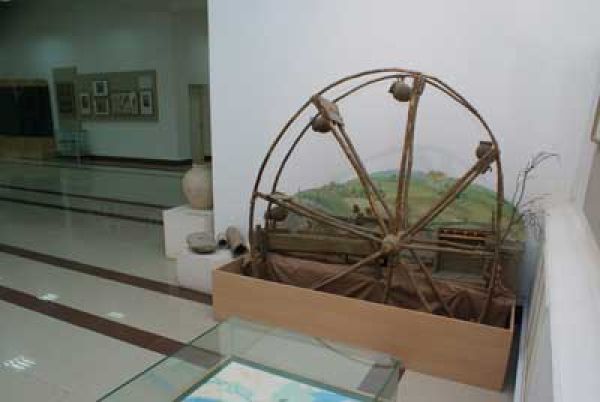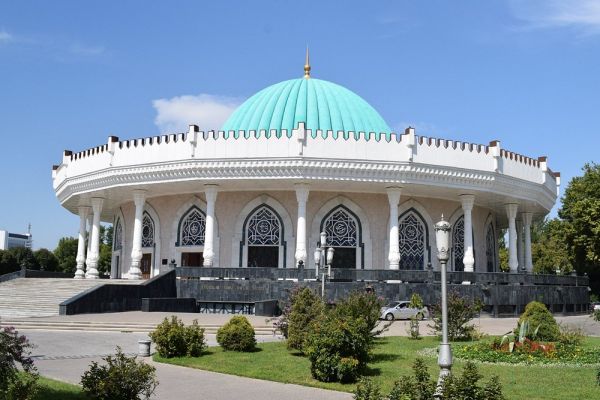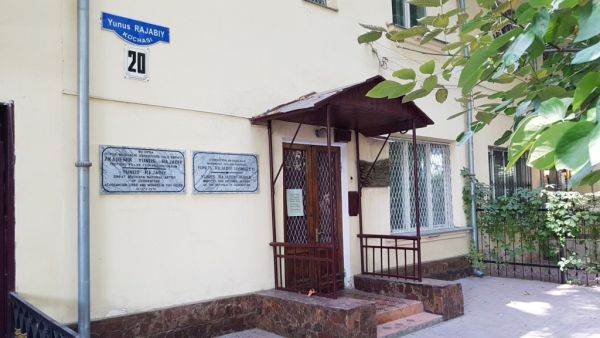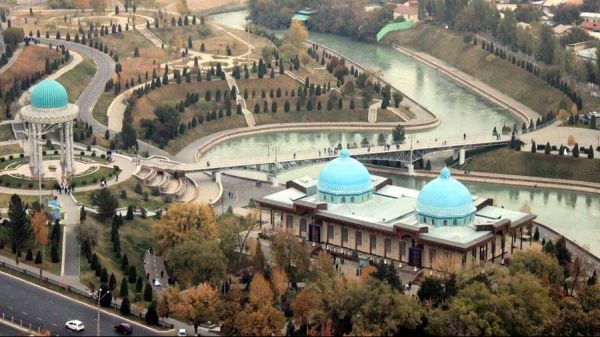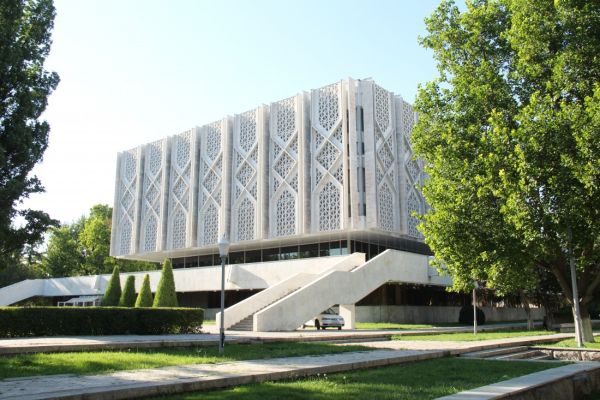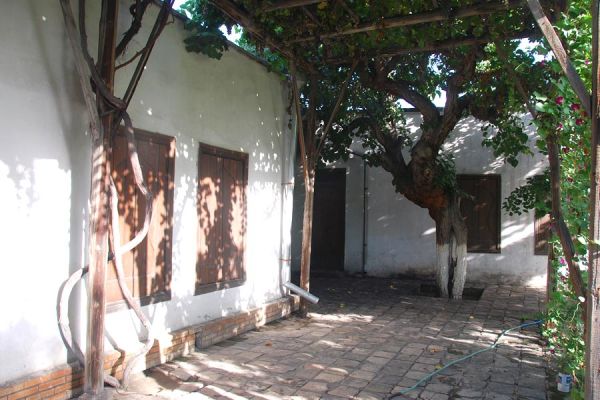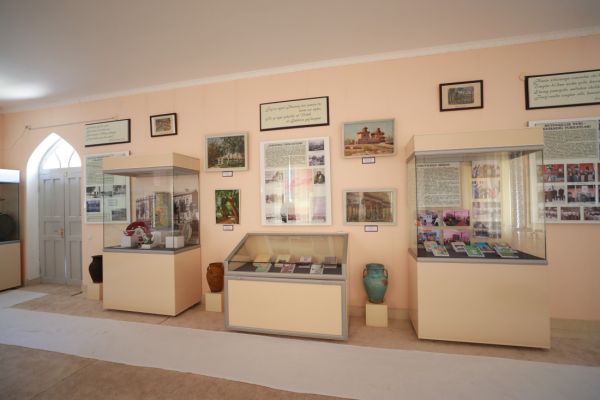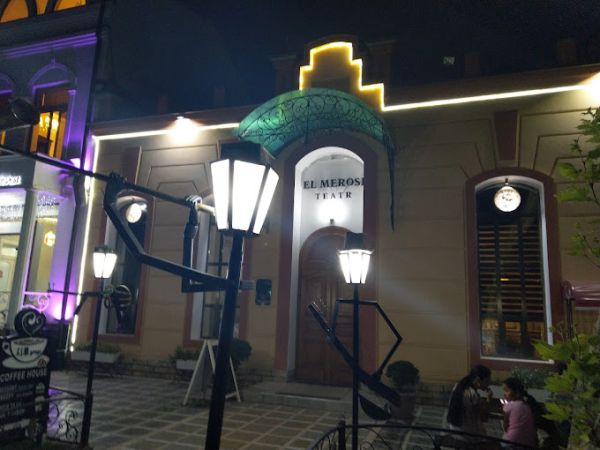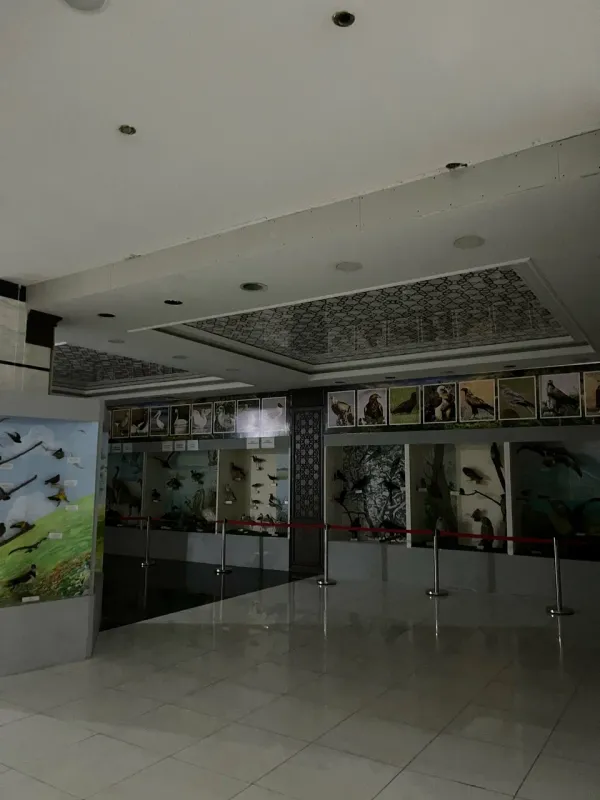Abu Ali ibn Sino Museum
There are many towns and villages in the vicinity of Bukhara, whose age has exceeded a thousand years. So the village of Afshona, which is located a few kilometers from the regional center, is one of the most ancient. It is well known that in 980, a boy named Abu Ali ibn Sino was born there, in the family of a tax collector. He became a great encyclopedic scholar and became famous not only in the East, but also in Western countries, where he is known by the Latinized name Avicenna. Today, the museum of the great scientist and thinker is located in Afshon.
Ibn Sino–Avicenna, like many figures of the Western European Renaissance, was distinguished by an encyclopedic knowledge. It seemed that there was no branch of knowledge, science and art that he would not have been engaged in and made new discoveries. He wrote at least three hundred works, including the multi-volume Book of Healing and the famous Canon of Medical Science. Avicenna's Canon enjoyed extraordinary popularity both in the East and in the West and went through thirty-six editions in Latin only.
His great philosophical treatise, The Book of Knowledge, was devoted to logic, rhetoric, metaphysics, physics, mathematics, and astronomy. Avicenna gained fame as a talented poet and a major music connoisseur. He outlined the basics of music theory and described musical tones and rhythms. Abu Ali ibn Sino was engaged not only in "pure science" in its medieval understanding, but also in practical issues of applying scientific knowledge, in particular, he invented surgical instruments.
The exhibits of the Abu Ali ibn Sino Museum in Afshon tell about the scientist's life and work and about his era – the reign of the Samanid dynasty. This is a collection of archaeological objects from the 10th–11th centuries, utensils, a set of medical instruments reconstructed from descriptions and drawings in the scientist's writings, facsimile copies of his manuscripts. In one of the halls, a life-size figure scene representing the healing of Avicenna by Vizier ibn Mansur is on display.
The museum building is part of an architectural ensemble that includes the Abu Ali ibn Sina Medical College, a conference hall and a sports complex. There is a small garden in front of the building, where medicinal herbs used by Ibn Sino are planted. The museum has a video room, a tea salon and a gift shop.
Ibn Sina's scientific works and his ascetic life are of constant interest today.


